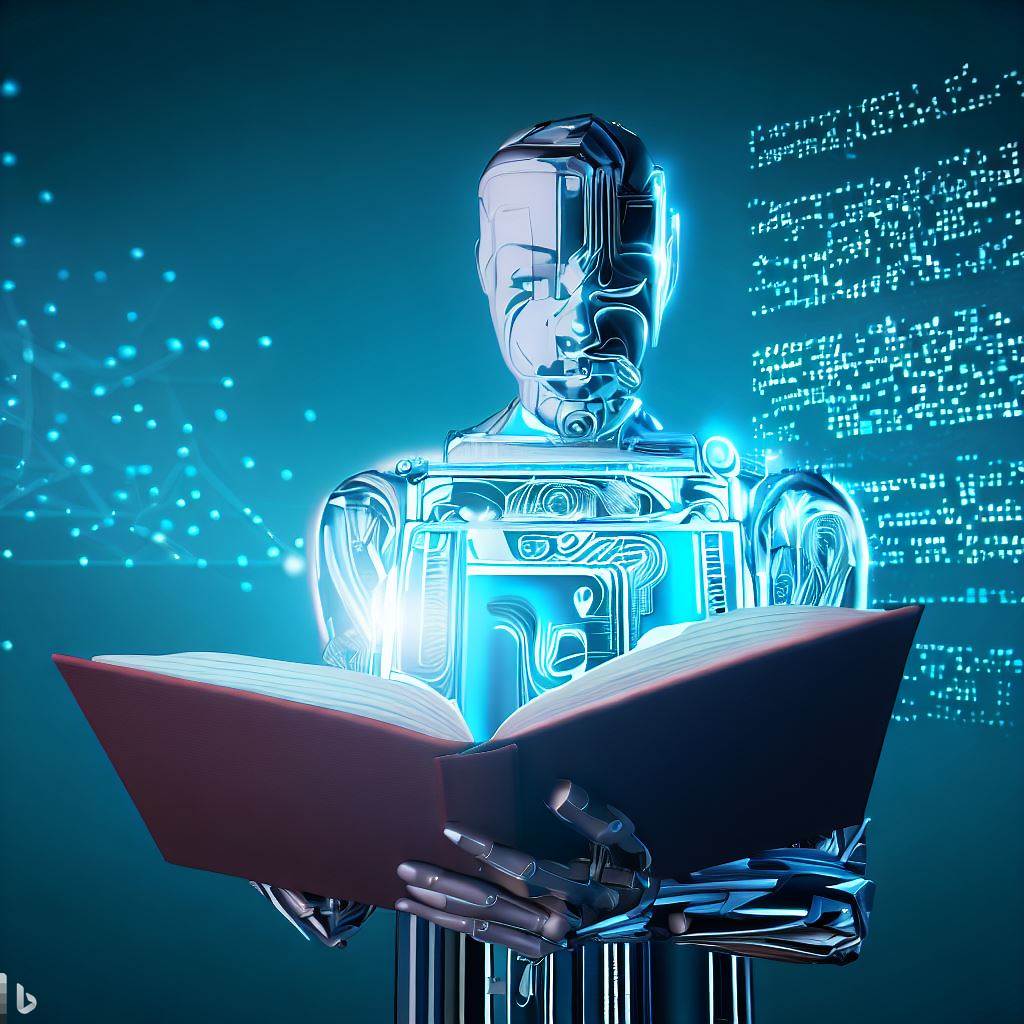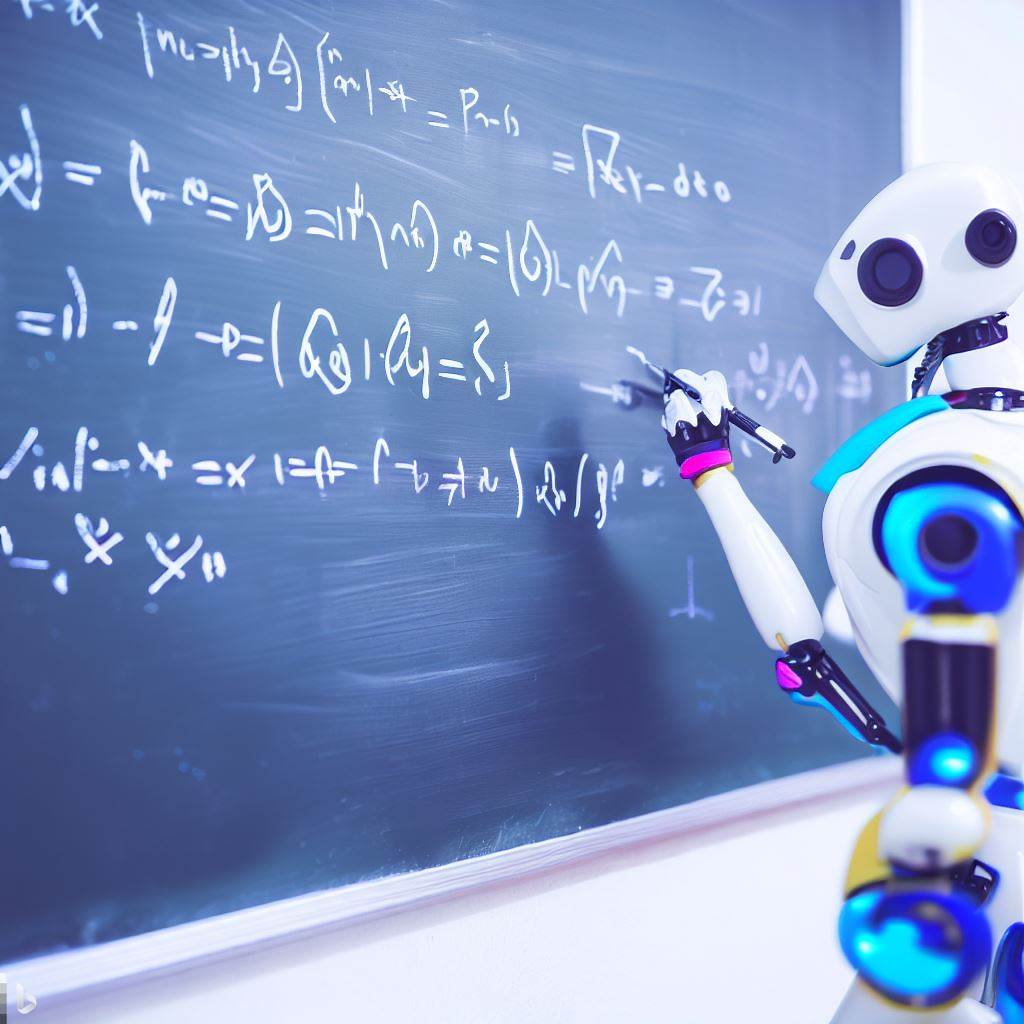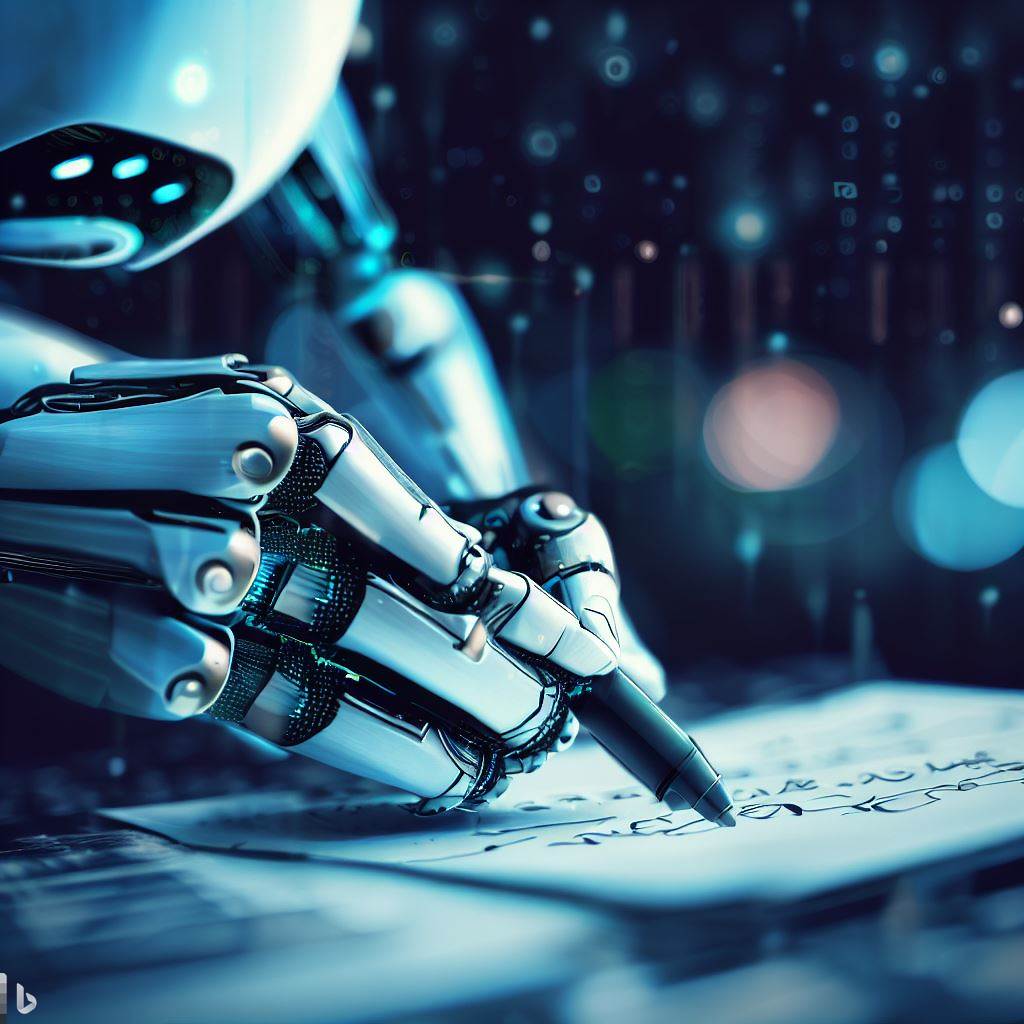Artificial intelligence is transforming the world in many ways, from healthcare and entertainment to business and security. But one of the most profound impacts of AI is on education, where it is changing the way we read, write and learn. In this article, we will explore some of the ways that AI is enhancing and challenging our educational practices and outcomes.
Personalized Learning
One of the main benefits of AI in education is that it can provide personalized learning experiences for students of different ages, abilities, interests, and goals. AI can use machine learning, natural language processing, and facial recognition to analyze data from various sources, such as student profiles, assessments, feedback, and emotions, and tailor the content, pace, and difficulty of the learning materials accordingly. This can help fill the gaps in learning and teaching, and cater to each student’s individual needs and preferences.
For example, ChatGPT is an AI-powered chatbot that can interact with students via an internet browser and answer questions or commands on almost any topic. ChatGPT can also explain, program, and argue with human-like efficiency, and generate flawless-looking academic essays. ChatGPT can be used as a tutor, a mentor, or a peer for students who want to learn new things or improve their skills.
Automation
Another advantage of AI in education is that it can automate tasks that were once tedious, repetitive, and time-consuming for teachers and students, such as grading, feedback, plagiarism detection, and data entry. This can save time and resources, reduce human errors and biases, and increase productivity and efficiency.
For instance, Gradescope is an AI-based platform that helps teachers grade assignments faster and more accurately. Gradescope can handle various types of questions, such as multiple choice, short answer, or programming, and provide instant feedback and analytics to teachers and students. Gradescope can also detect cheating and plagiarism by comparing student submissions.
AI Literacy
A third aspect of AI in education is that it can help students develop AI literacy, which is the ability to understand, use and create AI systems responsibly and ethically. AI literacy is becoming a crucial skill for the 21st century, as AI is increasingly influencing our lives and decisions in various domains. Students need to learn how to interact with AI systems effectively, critically evaluate their outputs and limitations, and design their own AI solutions for real-world problems.
For example, Machine Learning for Kids is a website that teaches children how to make simple machine-learning projects using Scratch or Python. Machine Learning for Kids allows children to train their models using data they collect or provide, such as images or text, and use them to create games or apps that use AI features like speech recognition or image classification.
Challenges and Opportunities
AI in education also poses some challenges and opportunities for educators, students, and society at large. Some of the challenges include:
- Ensuring the quality, accuracy, and reliability of AI systems and their outputs
- Protecting the privacy, security, and ownership of data used by AI systems
- Addressing the ethical, social, and legal implications of AI systems and their impacts
- Balancing the roles and responsibilities of humans and machines in education
- Fostering creativity, critical thinking, and collaboration among students
- Preventing misuse or abuse of AI systems for cheating or deception
Some of the opportunities include:
- Expanding access to education for underserved or marginalized groups
- Enhancing student engagement, motivation, and retention
- Promoting lifelong learning and continuous improvement
- Encouraging diversity, inclusion, and equity in education
- Inspiring innovation, entrepreneurship, and social change
Summary
AI is changing how we read, write, and learn in many ways. It can provide personalized learning experiences, automate tasks, enhance AI literacy, pose challenges, and offer educational opportunities. As AI becomes more prevalent and powerful in education, we need to be aware of its potential benefits and risks and use it wisely and responsibly to improve our educational practices and outcomes.



